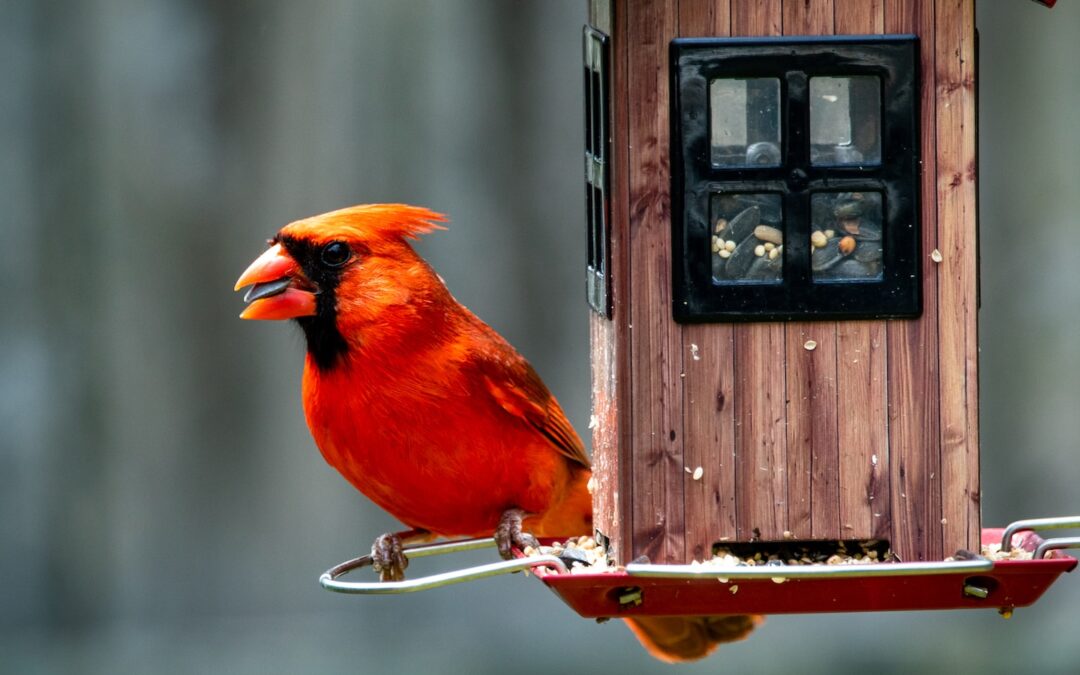Creating a backyard bug dream home is a great way to bring a natural element to your outdoor space. Whether you’re a novice or an experienced gardener, there are plenty of ways to build a biodiverse bug-friendly home. From selecting the ideal plants to strategically placing logs, you can make a perfect habitat for both beneficial and beautiful bugs.
Here are 10 ways to create a backyard bug dream home:
1. Pick Plants That Attract Bugs
In order to make a bug dream home, you must select the right plants that are well-suited for your area. Planting a variety of plants with different flowers and foliage will provide essential food and shelter for friendly bugs like bumblebees and butterflies. Plants like milkweed, goldenrod, and asters are great for attracting beneficial pollinators.
2. Add a Source of Water
Including a water source is important for providing electricity, food, and nutrients for bugs. You can easily add a small birdbath or pond to your backyard oasis and watch the bugs flock in. Mist or sprinkle water occasionally to give the bugs some additional moisture.
3. Create Log Piles
Log piles are great for insects like beetles, centipedes, and spiders to hide and make protective homes. Place 2-3 logs in various places in your backyard and build a pile to 4-10 inches high and watch your backyard become an insect paradise.
4. Construct a Potted Garden
A potted garden is a great way to provide quick and easy shelter for insects like ground beetles, butterflies, and moths. Combine plants with different heights and foliage for a bug-friendly environment. Place the potted garden in a sheltered area such as beneath a bench or on the side of a wall to protect the plants from wind and sun.
5. Collect Natural Debris
You can easily create shelter for insects by gathering natural debris like sticks, leaves, and bark. These pieces of natural debris can be piled up and left to provide shelter for many types of bugs.
6. Install Stone Piles
Stone piles are great for providing habitat and protection for bugs. Place a few stones in areas that are sunny and out of the way in your backyard, and watch beneficial insects like ground beetles, ants, and spiders find shelter among the rocks.
7. Allow Dead Wood to Remain
Leaving dead wood in your backyard will provide habitats for many types of insects. Bugs like sow bugs, leaf hoppers, and termites all rely on dead trees for their homes and for food.
8. Provide a Place to Safely Lay Eggs
Insects like butterflies, mantids, and crickets require external sources of protection for their eggs, and you can easily provide this in your backyard by adding a few beds of leaves. The leaves supply a safe place for bugs to deposit their eggs and keep them safe from predators.
9. Provide Other Forms of Shelter
Adding brush piles, old tree stumps, and fallen branches are great ways to house beneficial and aesthetic bugs. These debris provide shelter and safe hiding places to ensure that the insects are never in danger of being caught or eaten by predators.
10. Keep the Area Well-Maintained
To ensure that your backyard bug dream home thrives and remains inviting, it’s important to keep the area well-maintained and free of weeds and pests. Regularly rake leaves, trim overgrown plants, and remove weeds that could potentially block sunlight from reaching the insects.
People Also Ask:
Q: What kind of plants attract bugs?
A: Milkweed, asters, goldenrod, and other assorted flowers are great for attracting beneficial pollinators like bees, butterflies, and moths.
Q: What kind of bug habitats do I need?
A: Log piles, stone piles, and brush piles are great for creating habitats for different bug species. Constructing a potted garden is also a great way to provide shelter.
Q: What kind of water do bugs need?
A: Adding a small birdbath or pond can provide a dependable water source for nearby bugs. Misting or sprinkling water on the area is also beneficial.
Q: Do I need to weed the area?
A: Regularly weeding the area is important to ensure that the bugs have enough sunlight, food, and protection.
Q: How much dead wood do I need?
A: Depending on the area, anywhere from a few logs to several piles of debris is sufficient for providing habitat and protection for bugs.
Final Words
Creating a backyard bug dream home is a fun and rewarding experience that can settle your outdoor space with extraordinary beauty and a sense of purpose. By selecting the ideal plants, providing water sources, and understanding the various habitats they require, you can make a perfect habitat for a variety of beneficial bugs.

